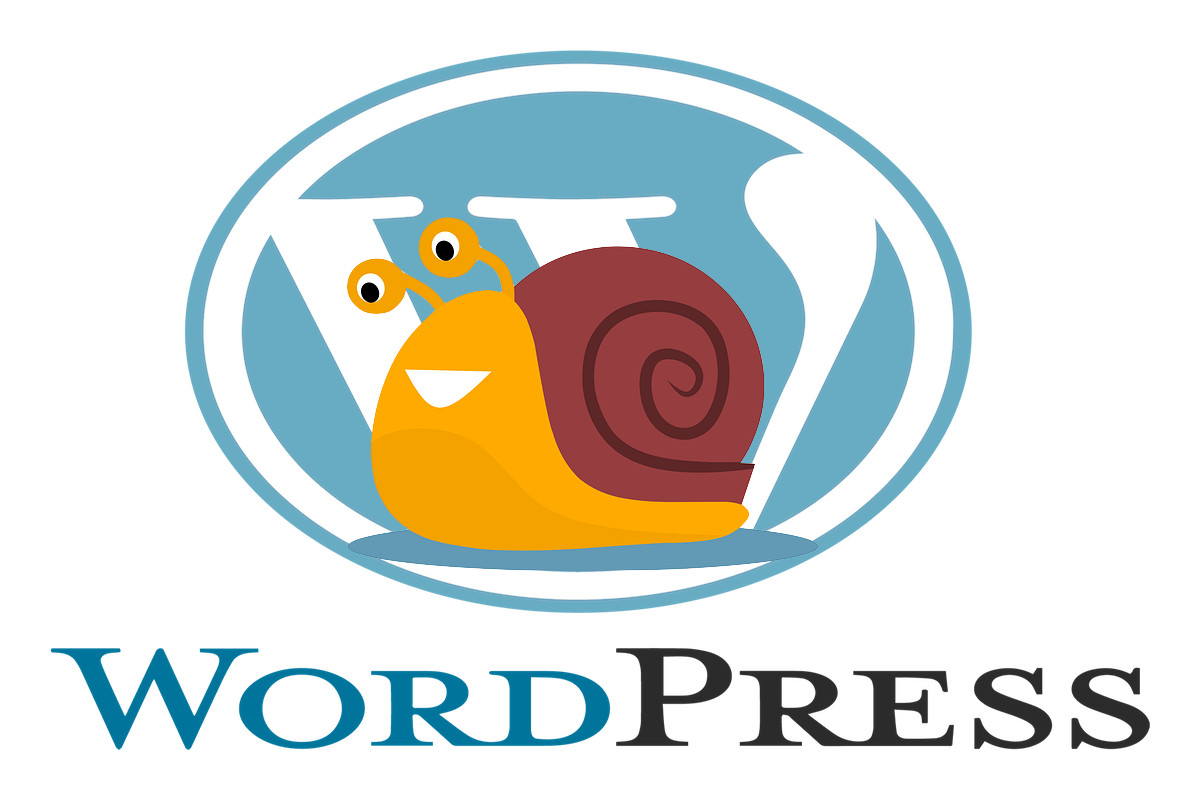Disclosure: This post contains affiliate links. I may receive compensation when you click on links to products in this post. For an explanation of my Advertising Policy, visit this page. Thanks for reading!
If your WordPress slug isn’t working, here are the main possible culprits!
If your WordPress slug is not working, then the following two main causes would solve 98% of all WordPress slug, “not working” issues, these are:
- A Permalink Issue.
- A Theme or Plugin Conflict.
Please note: If you have the “Free Blog” Plan on WordPress.com, you’ll be able to customize your slugs but you won’t be able to change the permalink structure.
We will go over both of these WordPress slug issues and how you can fix them quickly.
WordPress Slug not working fixes.
Permalink Issue.
If your WordPress slug is not working, then it is most likely due to a permalink issue.
The first thing you need to do is go to your WordPress admin panel and navigate to Settings -> Permalinks.
Once you are there, simply choose the Permalink Structure you would like for your URLs, then click on the “Save Changes” button.
If you are already satisfied with your Permalink Structure, reset it anyway. Setting and/or resetting will flush your permalinks and hopefully fix the WordPress slug issue.
Theme or Plugin Conflict.
Another common cause of WordPress slug not working is a conflict with your theme or plugin.
To fix this, you need to deactivate all plugins and switch to the default WordPress theme (Twenty Sixteen).
Once you’ve done that, check to see if your WordPress slug is working. If it is, then one of your plugins or themes was most likely causing the conflict.
You can narrow down which plugin or theme by reactivating them one at a time until you find the culprit.
You can also use the Health Check & Troubleshooting plugin to find any plugin or theme conflicts as well.
How do I manage slugs in WordPress?
WordPress is a great platform for managing your website content, but one thing it doesn’t do well out of the box is managed slugs.
Slugs are the text that appears in your URL after the domain name, and by default, WordPress doesn’t give you very much control over them.
This can be a problem if you want to optimize your URLs for SEO or just make them look nicer.
Fortunately, there are a few plugins that can help you with this.
Slugs Manager is one of the most popular, and it gives you fine-grained control over what text appears in your slugs.
It also has some other features that can be useful, like the ability to Bulk Edit slugs and change the slug for an existing post.
So if you’re looking for a way to better manage your WordPress slugs, Slugs Manager is a great option.
What exactly does a slug do in WordPress?
If you’ve ever wondered what slugs do in WordPress, you’re not alone.
A slug is simply a name for the part of a URL that identifies a specific post or page. In other words, it’s the unique identifier for your content.
Slugs are typically derived from the title of your content but can be customized to whatever you want.
For example, if your post is titled “How to Make a Cake,” the slug would be “how-to-make-a-cake.”
If you changed the title to “The Best Way to Make a Cake,” the slug would automatically change to “the-best-way-to-make-a-cake.”
However, you could also manually change the slug to something like “tips-for-making-a-cake” or “cake-baking-tips.”
By customizing your slugs, you can make your URLs more user-friendly and improve your SEO.
So next time you’re wondering what slugs do in WordPress, just think of them as little helpers that make your content more easily accessible to both users and search engines.
How do I change the default slug URL in WordPress?
If you’re tired of the default URL structure that WordPress uses for your blog posts, then you’re in luck.
Changing the default slug is a simple process that can be completed in just a few steps.
First, open the WordPress dashboard and navigate to the Settings > Permalinks page.
Next, select the Custom Structure option and enter the desired slug into the field provided.
Finally, click on the Save Changes button to save your changes.
That’s all there is to it! Now when you create new blog posts, they will use the new URL structure that you specified.
How do I refresh permalinks in WordPress?
If you’re a WordPress user, you’ve probably had to deal with broken permalinks at some point.
Permalinks are the permanent links to your posts and pages, and they can sometimes become broken when you change your WordPress settings.
Fortunately, there’s an easy way to refresh permalinks and fix broken links.
All you need to do is go to the WordPress Admin panel and navigate to the Permalinks section.
From there, you can simply select the default setting and then save your changes.
This will refresh your permalinks and fix any broken links.
So if you’re ever struggling with broken permalinks, just remember that a quick trip to the Permalinks section can help set things right.
WordPress slug “not working” SOLVED! Conclusions.
If you’re having problems with WordPress slugs, there’s no need to worry.
In most cases, the problem can be easily fixed with a few quick steps.
First, check to see if the WordPress slug is working by going to the WordPress dashboard and navigating to the Settings > Permalinks page.
If the WordPress slug is not working, try refreshing your permalinks by going to the WordPress Admin panel and selecting the Default setting.
Finally, if you’re still having problems, consider installing a WordPress plugin like Slugs Manager.
With Slugs Manager, you can easily customize your WordPress slugs to better suit your needs.
So if you’re ever having trouble with WordPress slugs, remember that there’s no need to panic.
In most cases, the problem can be easily fixed.


